Dungeons & Dragons is filled with several different species with unique abilities. You have your Dragonborns, able to breathe elemental energy of a specific type, bugbears known for their immense strength, and Tritons who can swim effortlessly. One appealing trait that many players enjoy is flying.

Related
Dungeons & Dragons: 23 Classic Side Quests
Take a break from your campaign’s main story with these fun side quest ideas.
Typically, most people are stuck to the ground with 30 feet of movement. Through the ability of flight, certain species take to the skies, avoiding problematic terrain or enemies below. From little fairies to shiny gem Dragonborns, players have multiple options if they want to play a species that flies.
Updated on November 5, 2024, by Alfredo Robelo: Flying continues to be a key ability that players love and Dungeon Masters fear, making this article forever relevant. We’ve updated this list to include information from the 2024 Player’s Handbook, as well as a few species that don’t fly but do the next best thing.
7
Dragonborn
From The 2024 Player’s Handbook
The Gem variant of the dragonborn species has already been covered in this article, since they have the unique ability to fly, although momentarily and at level five. Well, that ability isn’t so unique anymore, since now the chromatic and metallic variants of dragonborn can do so as well, thanks to the updated rules of the 2024 Player’s Handbook.
Mechanically, they fly just like their Gem cousins: once per day, for ten minutes max, and can only do so from level five onwards. The clear difference is in the flavor of how they do it, since they don’t float with psychic energy; instead, they gain wings made of the element they are attuned to, making them far flashier than their shiny rock counterparts.
6
Dragonborn (Gem)
No Need For Wings
There are a handful of different sub-categories among the dragonborn. While the chromatic and metallic dragonborns bend the power of the elements to their will, gem dragonborns can harness forces of psychic, radiant, and necrotic magic into their breath weapons. Coupling this with draconic resistance to a specific damage type and the ability to telepathically communicate with any creature within 30 feet of you, you have a fairly diverse species.
The peak of gem dragonborn’s powers is gem flight. This ability allows a gem dragonborn to use a bonus action and take flight, gaining a flying speed equal to their walking speed. While this is a practical ability, having to wait until level 5 to gain access to it and being limited to only one use per long rest does make it less reliable.
5
Tiefling
Better Than A Legacy
Tieflings are a versatile species. Having a natural resistance to fire damage and darkvision gives this species an advantage. Alongside these boons is a bonus trait called an infernal legacy. This unique trait offers a wide variety of options to customize your tieflings. Gaining new spells as you level up, such as Ray of Frost and Minor Illusion.
However, if you are interested in the ability to fly, you can trade off your Infernal legacy to become a winged tiefling. Now possessing bat-like wings, you gain a flight speed of 30 feet while not wearing heavy armor. This new dimension of movement could change your battle tactics, though you may miss the extra spells of Infernal Legacy.
4
Fairy
Small But Powerful
Coming from the Wild Beyond the Witchlight book, fairies are fey creatures with a natural affinity for magic. While you won’t be a substantial martial fighter with this species, your natural spells can give you an edge. Starting with the Druidcraft cantrip, you’ll later gain Faerie Fire and Enlarge/Reduce, adding versatility to your kit.

Related
Dungeons & Dragons: 8 Tips For Playing With A Ranged-Only Party
If you’re playing in a party of ranged characters in D&D, then these tips and tricks will help you.
Couple this with your fey ancestry, causing you to be immune to specific spells, and fairies can be a pleasant choice. Of course, we must remember fairies are famous for their ability to fly. From level one, you can use your wings to fly at a speed equal to your walking pace. While this is limited by not wearing medium or heavy armor, choose a suitable class to get around this.
3
Aarakocra
Speedy Fliers
It is hard to go wrong with an aarakocra. Simple yet effective, aarakocras boasts one of the lengthiest natural flying speeds of any species in Dungeons & Dragons. Having a flying speed of 50 feet allows aarakocra to cover an enormous gap in little time or soar high above the battlefield to avoid close-range combat.
Combine this with their naturally high dexterity stat, and they can make them effective archers. While their flight can’t be done with medium or heavy armor, this can be circumvented if you play a monk class with this species. Aarakocras have proficiency in unarmed strikes, and using this alongside their high speed will make this species notably challenging to hit. The only issue is if you’re in an environment where you can’t fly, leaving the aarakocra with only a 25-foot walking speed.
2
Owlin
Night Stalkers
Sharing a bird-like appearance with aarakocra, owlins are said to be distant relatives of giant owls from the Feywild. Owlins are incredibly silent and proficient at stealth checks, making them capable rogues or spies for players. True to an owl’s nocturnal nature, owlins have incredible dark vision.
While most species can see up to 60 feet in the darkness, owlins can see up to 120 feet at night. With such astonishing dark vision, owlins are rarely held back by their environments in combat. Combine this with their flying speeds equal to their movement, and owlins will not be ineffective. Similar to other species, owlins aren’t able to fly while wearing medium or heavy armor.
1
Aasimar
Godly Wings
Bearers of light and champions of the gods, aasimars are the perfect species for anybody looking to run a paladin. With their natural connection to deities and celestial magic, aasimars are exciting. Similar to other species, aasimars have a natural resistance from birth. Able to resist radiant and necrotic damage, aasimars can handle the light and darkness from any Dungeons & Dragons campaign. This doesn’t even scratch the length of their abilities.
Aasimar can still gain angelic wings in the 2024 Player’s Handbook, but they no longer need to commit to them; they can change their celestial revelation after every long rest.
Capable of casting the light cantrip, having 60 feet of dark vision, and healing any creature by several hit points equal to your level. On top of all of this, aasimars can gain the ability to fly. Choosing the protectors aasimar subspecies grants you spectral wings for flight at level three. The one limit is that this ability can be used only once per long rest. Regardless, aasimars still have plenty to offer a player.
Options Besides Flying
Not Everyone Can Make It To The Skies
The benefit of flying is usually to get to places you normally couldn’t, solving problems that often take several quests or at least troublesome detours to accomplish. Well, you don’t always need to fly to achieve the same results, and there are several species that are incredibly mobile without needing the ability to fly.
We have four examples here, covering things like climbing speed to hovering to avoid perilous heights, but remember that these aren’t the only species with those abilities.
|
Species |
Ability |
Description |
|---|---|---|
|
Simic Hybrid |
Manta Glide |
Glide safely to the ground, being able to move forward 2 feet for every 1 foot you fall. |
|
Harengon |
Rabbit Hop |
Jump a number of feet equal to 5 times your proficiency bonus. |
|
Dhampir |
Spider Climb |
You can move up walls and ceilings while keeping your hands free. |
|
Tabaxi |
Climbing Speed |
You have a climbing speed that equals your speed. |
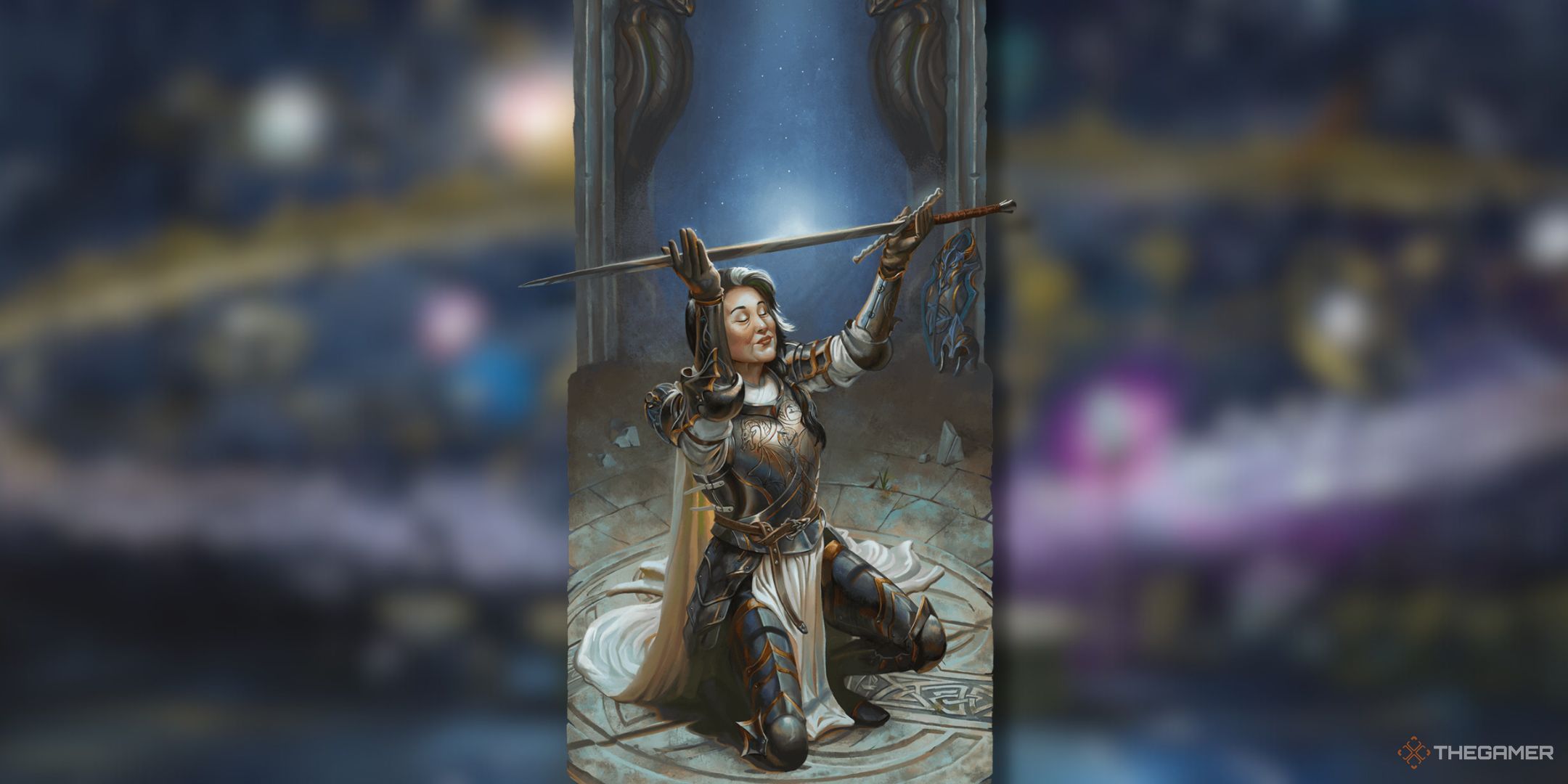
Next
Dungeons & Dragons: Divine Rank, Explained
Looking to get a little religious in your D&D campaign? Here is everything you need to know about Divine Rank.
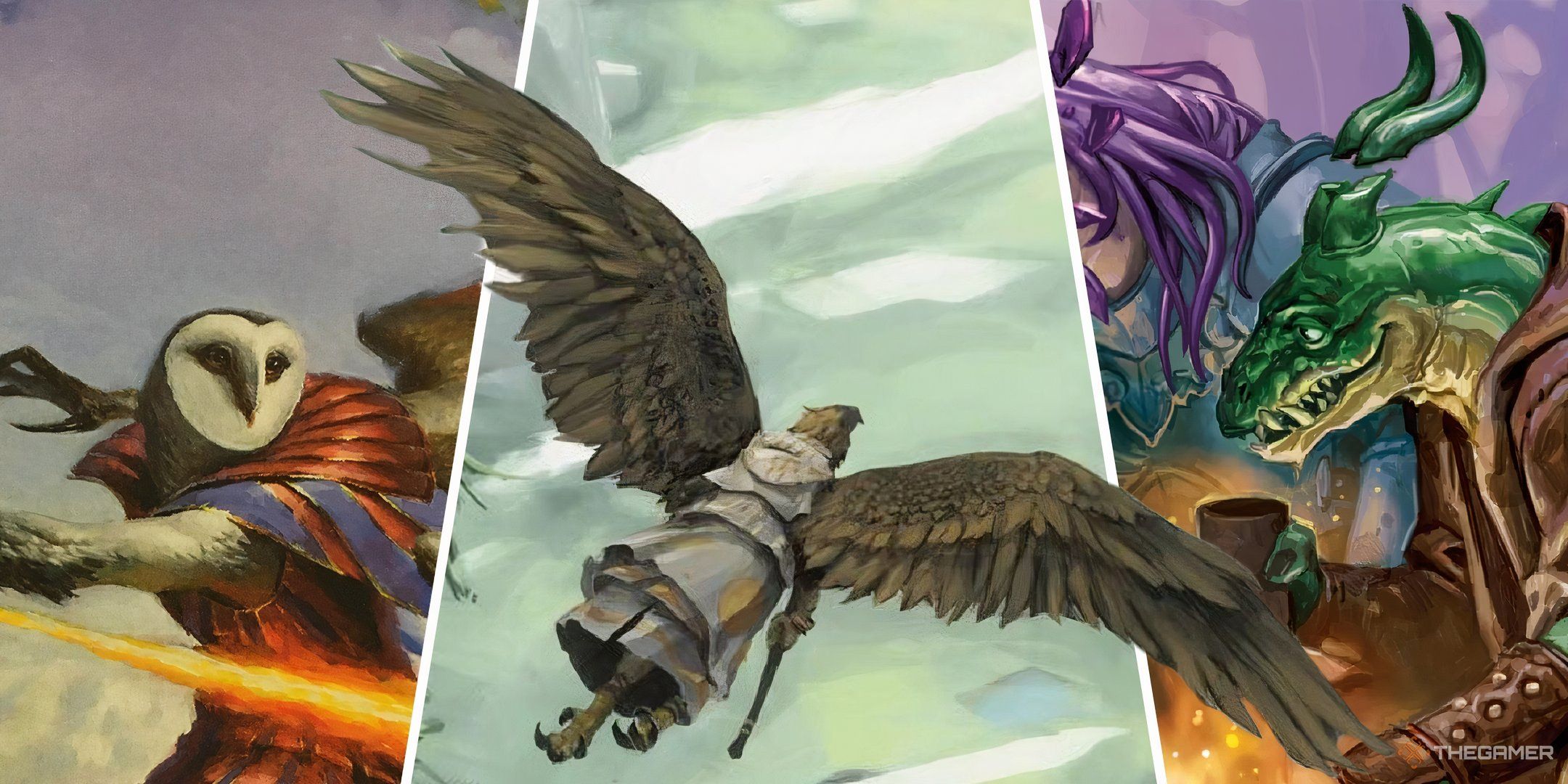


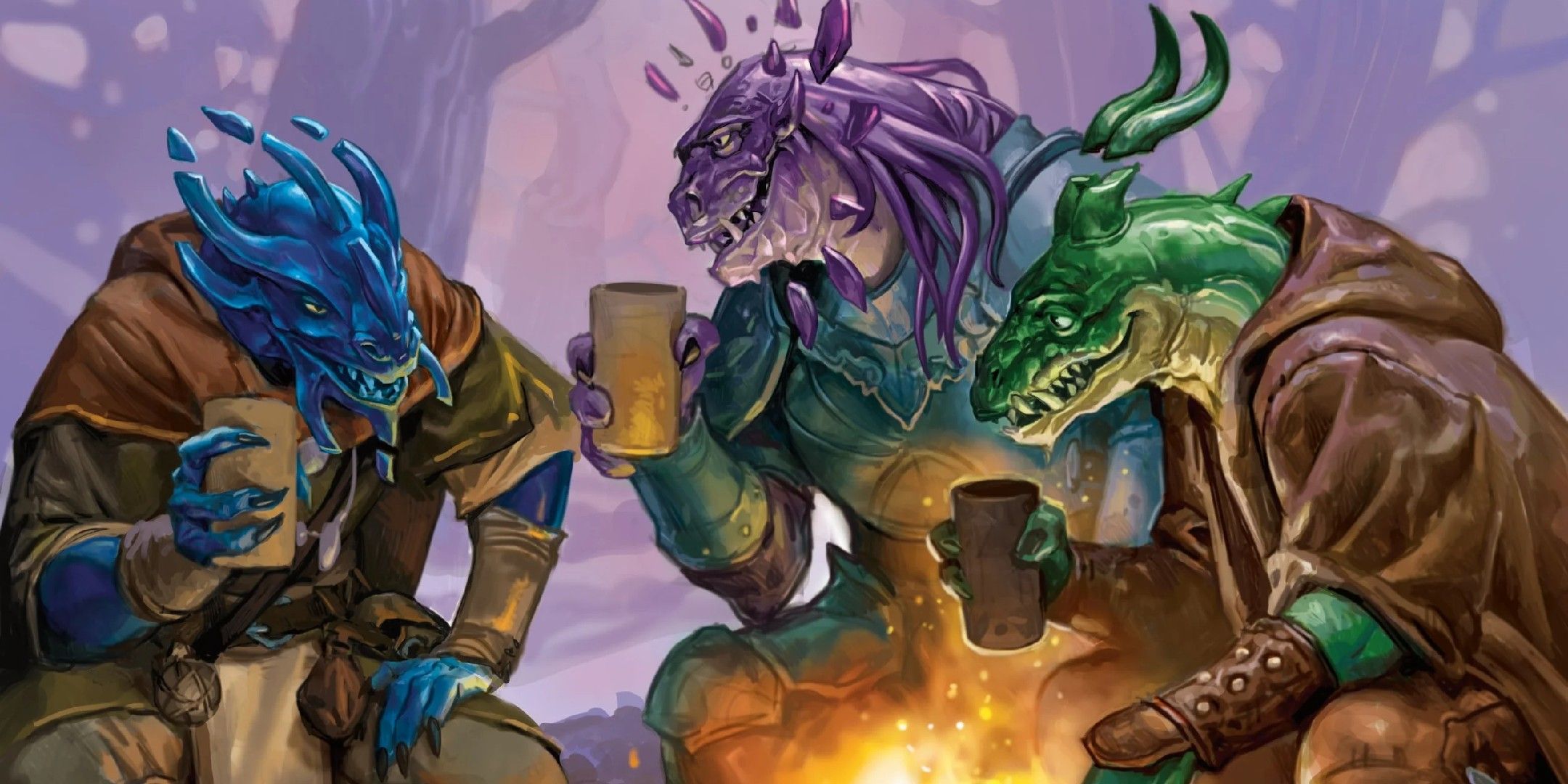

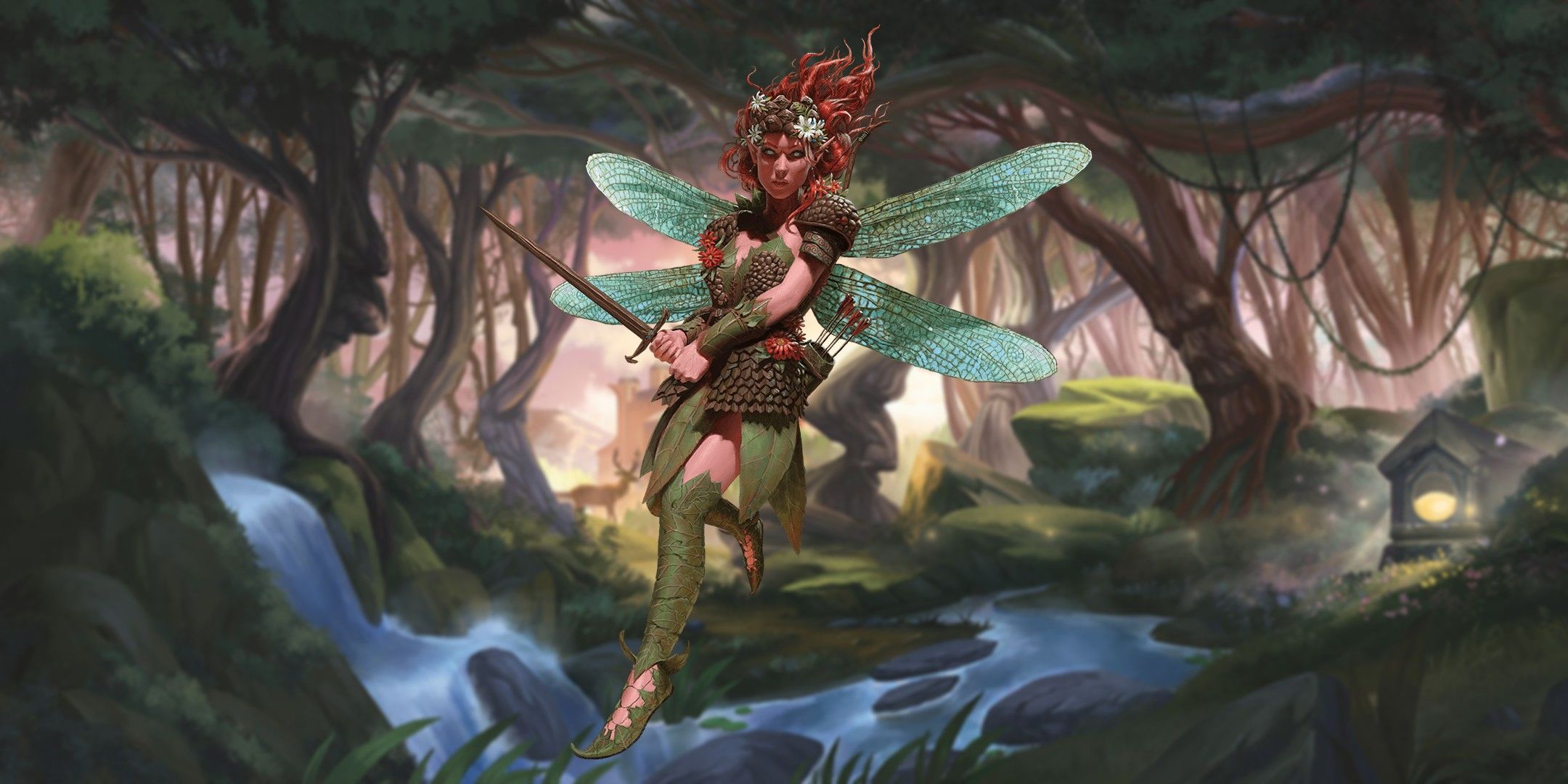
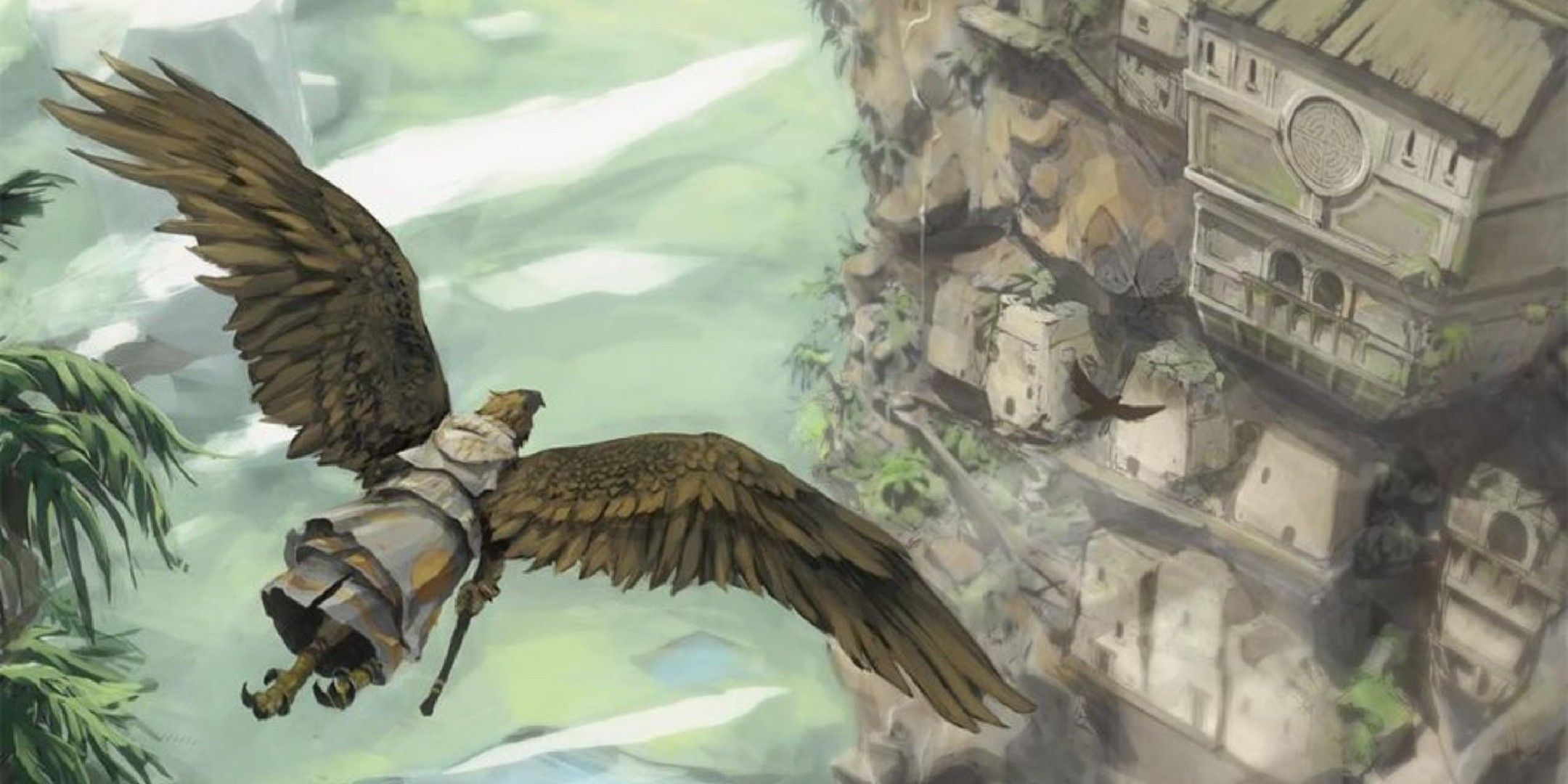
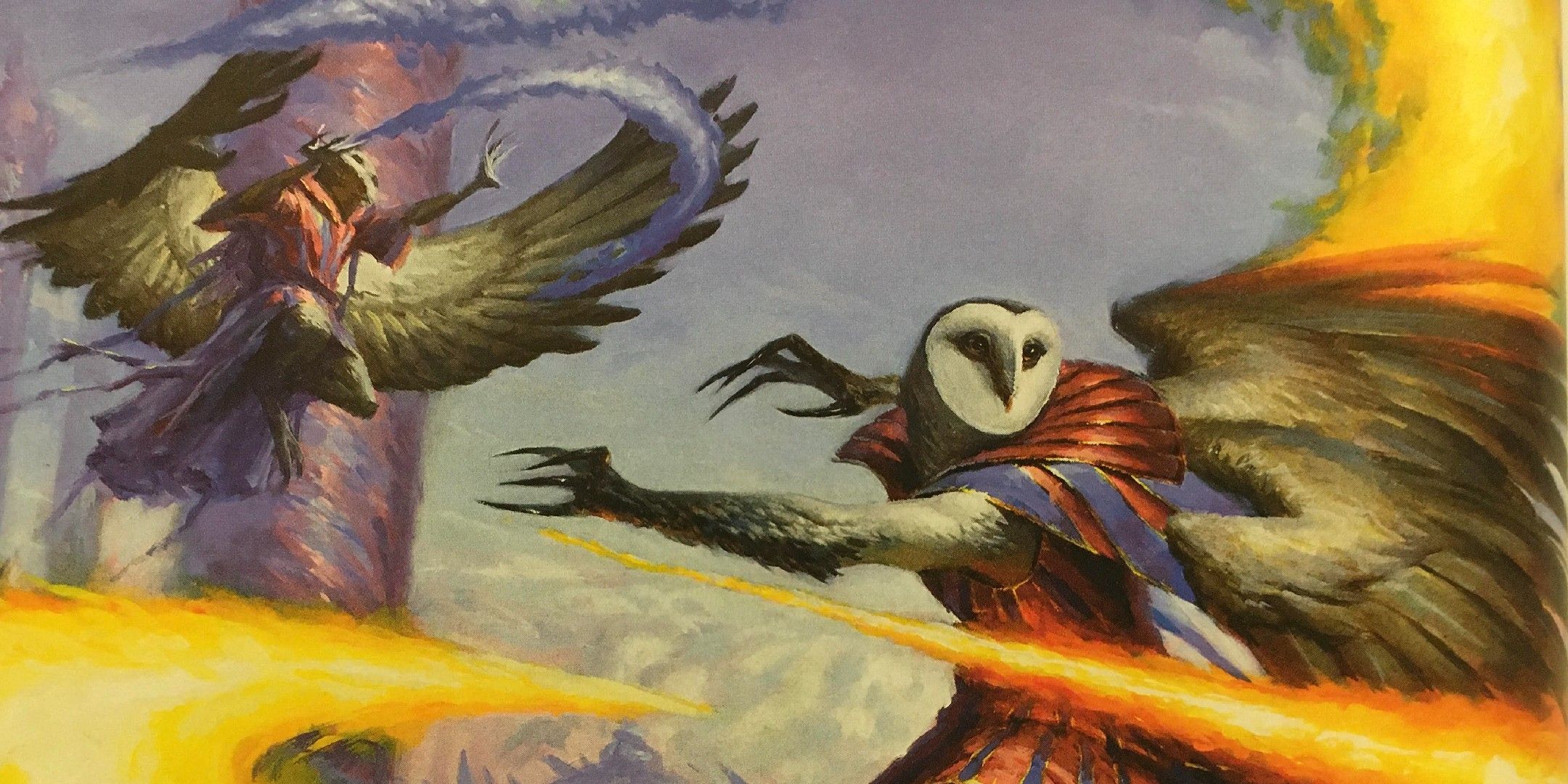
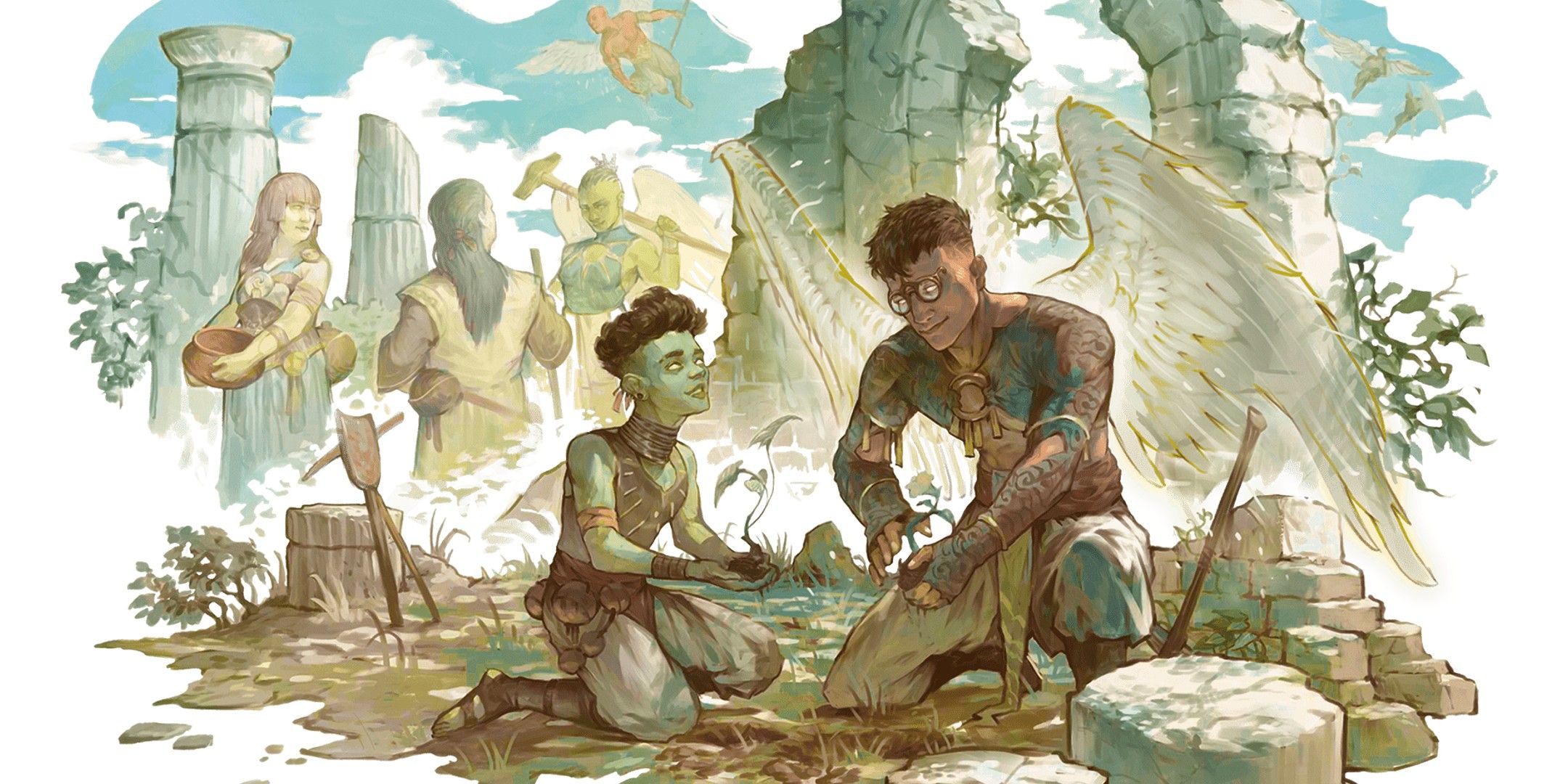
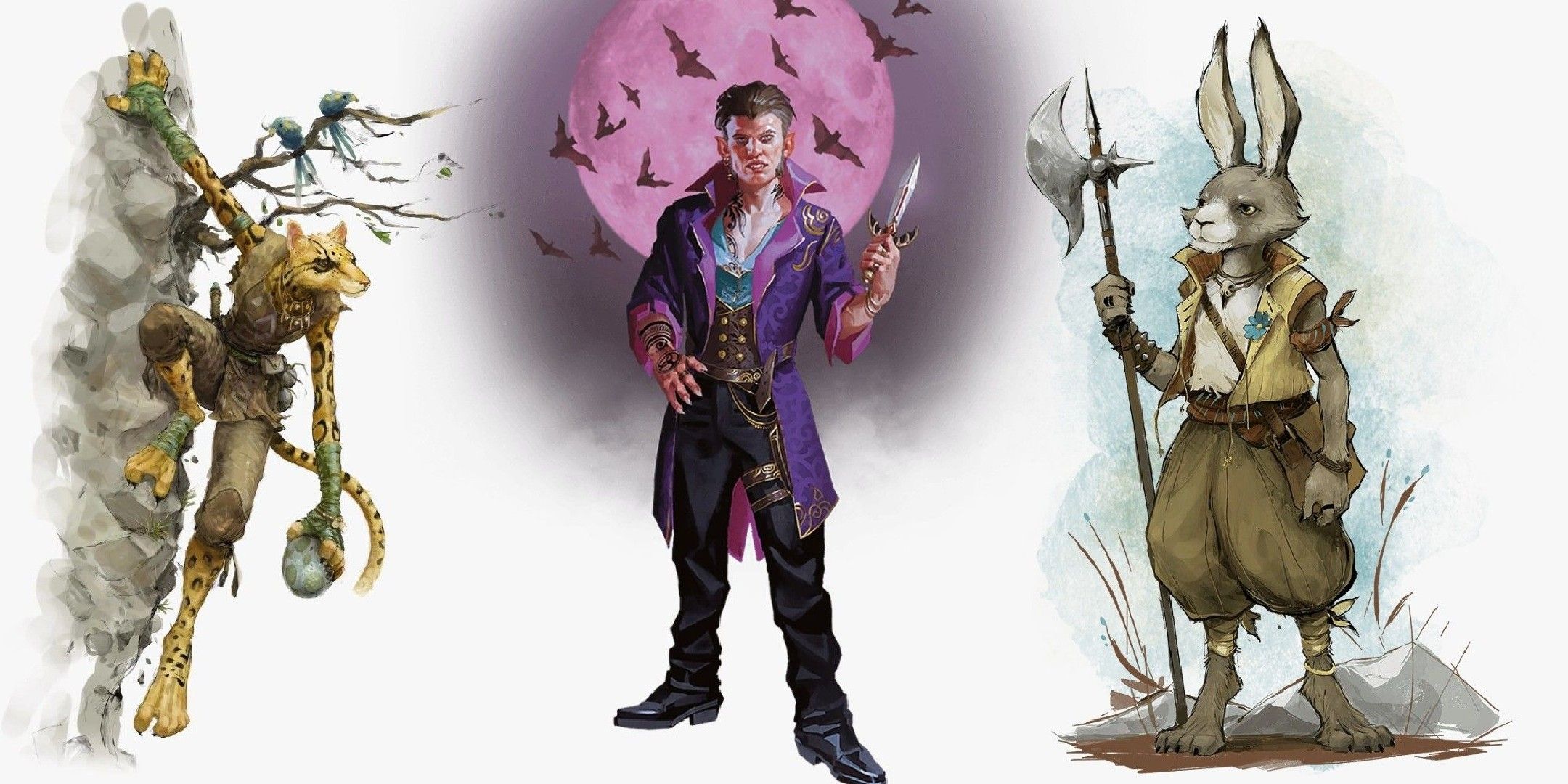





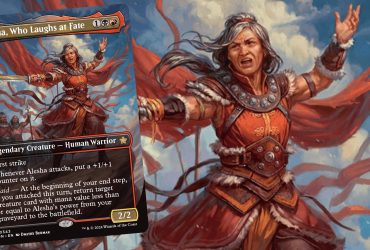

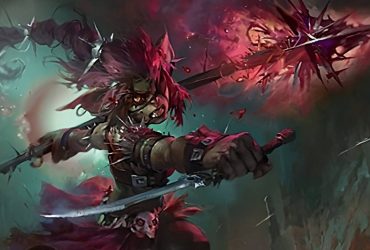


Leave a Reply